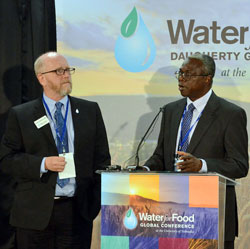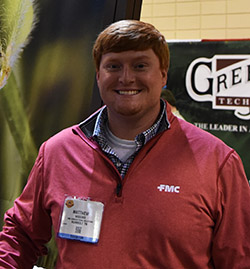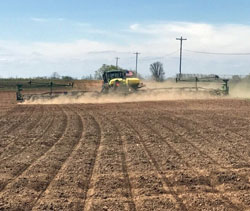 Syngenta and No-Till Farmer are looking for nominations for the 2017 No-Till Innovator Award. The honor recognizes farmers, researchers, organizations, or others who have found ways to no-till more effectively, economically, and with better impact on the environment.
Syngenta and No-Till Farmer are looking for nominations for the 2017 No-Till Innovator Award. The honor recognizes farmers, researchers, organizations, or others who have found ways to no-till more effectively, economically, and with better impact on the environment.
 “We’re proud to partner with No-Till Farmer again to seek out a new class of innovators of sustainable farming methods,” said Melissa Lord, customer event & tradeshow lead at Syngenta. “Year over year, growers, educators and organizations alike continue to highlight how their advancement in the no-tillage industry are making a positive impact on the environment and their local communities.”
“We’re proud to partner with No-Till Farmer again to seek out a new class of innovators of sustainable farming methods,” said Melissa Lord, customer event & tradeshow lead at Syngenta. “Year over year, growers, educators and organizations alike continue to highlight how their advancement in the no-tillage industry are making a positive impact on the environment and their local communities.”
Nominations are due Tuesday, August 1. Winners will be announced at the National No-Tillage Conference in Louisville, Kentucky on January 9-12, 2018.











